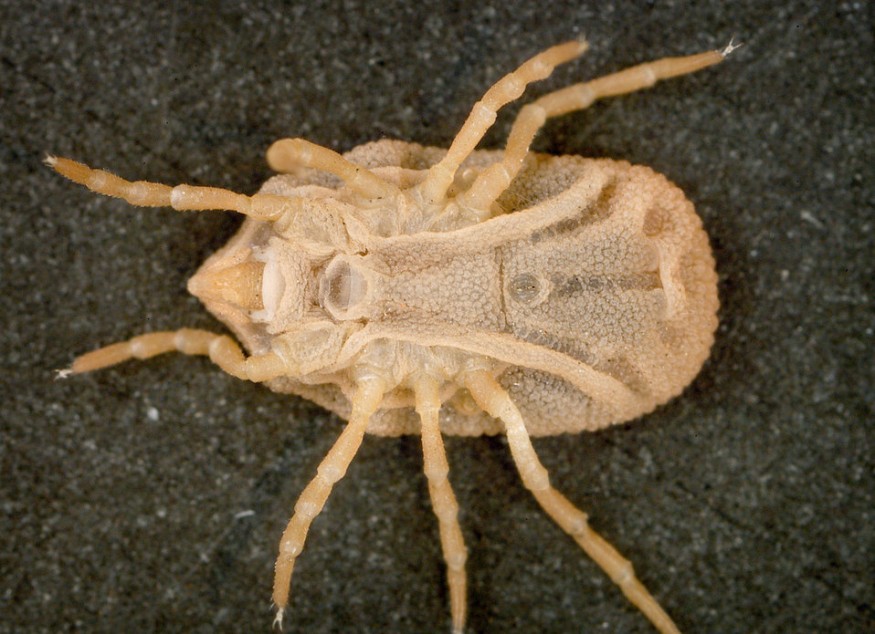The current pandemic has been accompanied by cases of other illnesses and diseases such as African Swine Flu, Ebola, Bubonic Plague, West Nile Virus, Dengue outbreaks around the world. In New Jersey, health authorities found living tick species associated with bats for the first time.

Ticks have been around for millions of years and were believed to be attacked by several dinosaur species. The first tick specimen technically discovered in New Jersey was in 2001. Scientists determined that the tick was nearly 90 to 94 million years old. Scientists have determined the soft tick species as Carios kelleyi, found in at least 29 states and known to carry disease.
Researchers from New Jersey published their findings in the Journal of Medical Entomology this week. This is the first report of the tick found on big brown bats in the state. Further studies need to be determined to determine the tick's capability of infecting pet animals, livestock, and humans, said the team.
In 2019, the Endangered and Nongame Species Program of the Division of Fish and Wildlife found tick larvae with evidence of the species spreading. Another notorious tick species includes the Deer tick, which spreads Lyme disease to humans.
Ticks Biting Humans
James Occi from Rutgers University's Rutgers Center for Vector Biology explained that every tick species feed on blood and might transmit pathogens during feeding. The public should be aware of bats in the attic, indoors, barns, and other areas.
Some ticks that feed on "bats may stay behind and come looking for a new source of blood. There are records of C. kelleyi biting humans," said Occi.
The risk of disease for humans after a tick but is still unknown. However, the team determined that the soft ticks can carry a group of diseases similar to bacteria or rickettsioses, such as the relapsing fever Borrelia.
Dina Fonesta from Rutgers University said explained how the ticks are typically embedded in the bats, so removing them from residential areas will not be a high-risk task. "Indeed, ticks do not fly, skip, or jump and are overall a much slower blood feeder than mosquitoes, for example," she said.
What's critical for public safety is to be aware of the threat these ticks may potentially leave behind after removing bats. It is the deprivation of a blood source that may cause the soft ticks to target people.
Tick & Bat Combination
The bat and tick combination is already bad enough since bats carry a number of diseases on their own such as Hendra virus, salmonella, and histoplasmosis. Bats and tick infections can also spread to people via house pets exposed to the disease.
The researchers are worried that the parasitic species are being introduced to new territories. They aim to conduct further studies by gathering more tick samples around New Jersey and screening them for disease-causing microbes.
READ: Brood Parasites "Diversify Portfolios" In Times of Environmental Flux
Check out more news and information on Parasites on Science Times.












